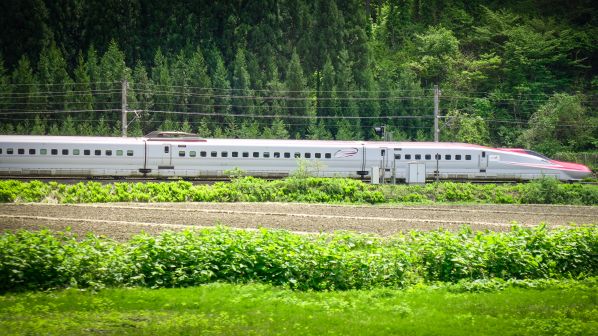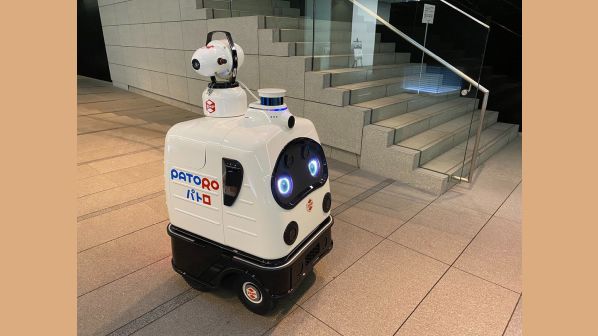EAST Japan Railway (JR East) plans to digitise the maintenance of point motors and signalling systems to increase efficiency and reliability, while improving workforce safety by reducing the need for regular lineside inspection.
Later this year JR East will move inspection of 23 ES II electric point machines located in the Tokyo metropolitan area to a condition-based maintenance (CBM) system, reducing trackside inspections to annually from the current cycle of every four months. Monitors installed in control rooms will allow analysis of real-time data as well as reporting of equipment failure. JR East says it plans to expand the digitisation of point machine monitoring to include 560 ES II machines installed around Tokyo from 2025 onwards.
The railway is also installing infrared sensors to automatically detect infrastructure faults, under an initiative that JR East claims is a world-first for the rail industry.
At present manual trackside inspection is required, often taking place at night when regular services are not running. JR East aims to replace these with infrared sensors and image processing software, in order to alert drivers of faults which require trains to stop via a dedicated red signal.
The special signal alert (SSA) system uses images captured from service trains running during daytime hours. Dedicated software then analyses a whole section of the line and where abnormalities are detected, the special red signals are then illuminated. JR East has installed sensors at around 6800 locations on 31 lines, mainly in rural areas, and around 26,000 dedicated red signals are in place on the network. It expects to introduce SSA later this year.
Track circuit monitoring
Other digitisation processes being adopted by JR East include track circuit bond monitoring, GNSS-based level crossing monitoring and AI-based signalling support systems.
Track circuit bond monitoring uses images captured from service trains on 26 routes around the Tokyo metropolitan area and compares them with images of healthy bonds to determine current condition. Abnormalities that require immediate repair are flagged for control staff to action.
JR East is looking to develop level crossing control systems that utilise global navigation satellite systems (GNSS) and mobile wireless communication networks, building on test installations already in place on the Hachiko Line.
To more quickly rectify signalling failures, JR East is developing an AI-based recovery support system. First tested last year, when fed manually with current fault data the system automatically extracts similar events from past failure response records, infers the cause, and proposes solutions, supplementing the knowledge of operating personnel based on experience.
Separately, the Kyushu Railway Company (JR Kyushu), has introduced an AI-based automated track inspection system supplied by AMD. Covering the high-speed operator's 1455 mile network, the on-train based system features a high-speed camera that uses a system-on-module (SOM) for AI-enhanced pre-and-post data and image processing. The new technology will replace traditional manual track inspections.
For details of infrastructure projects across Asia, subscribe to IRJ Pro.


